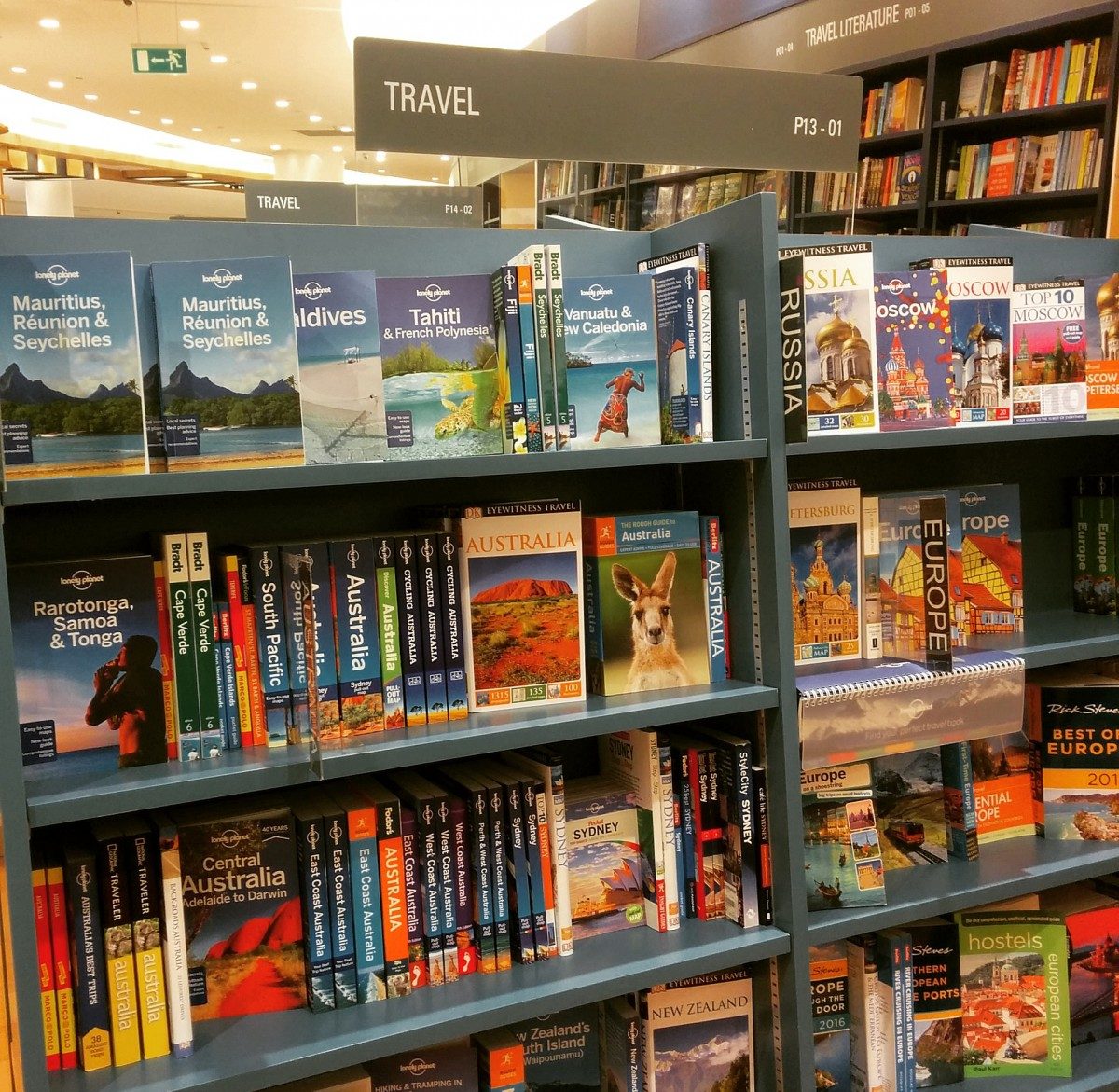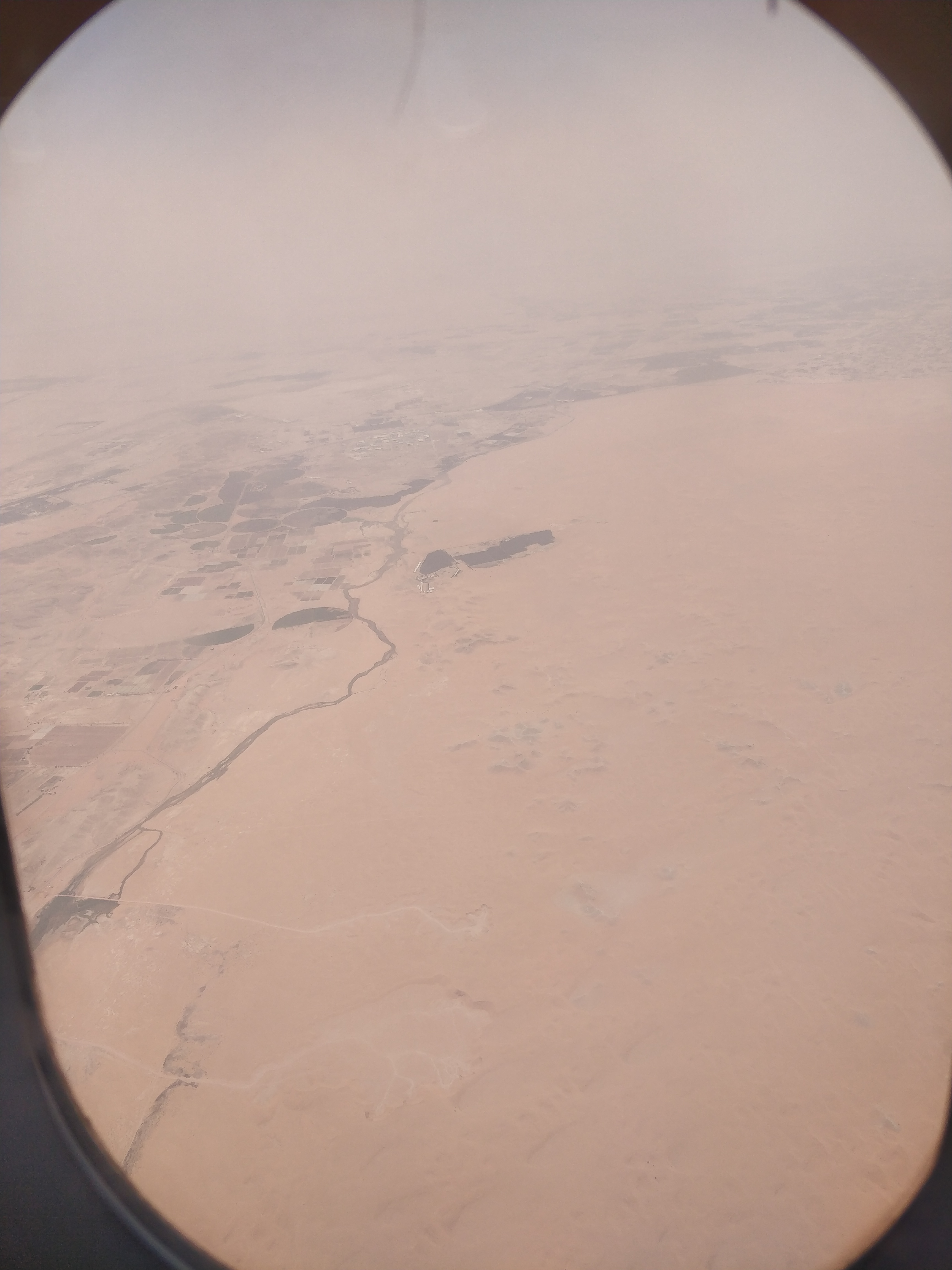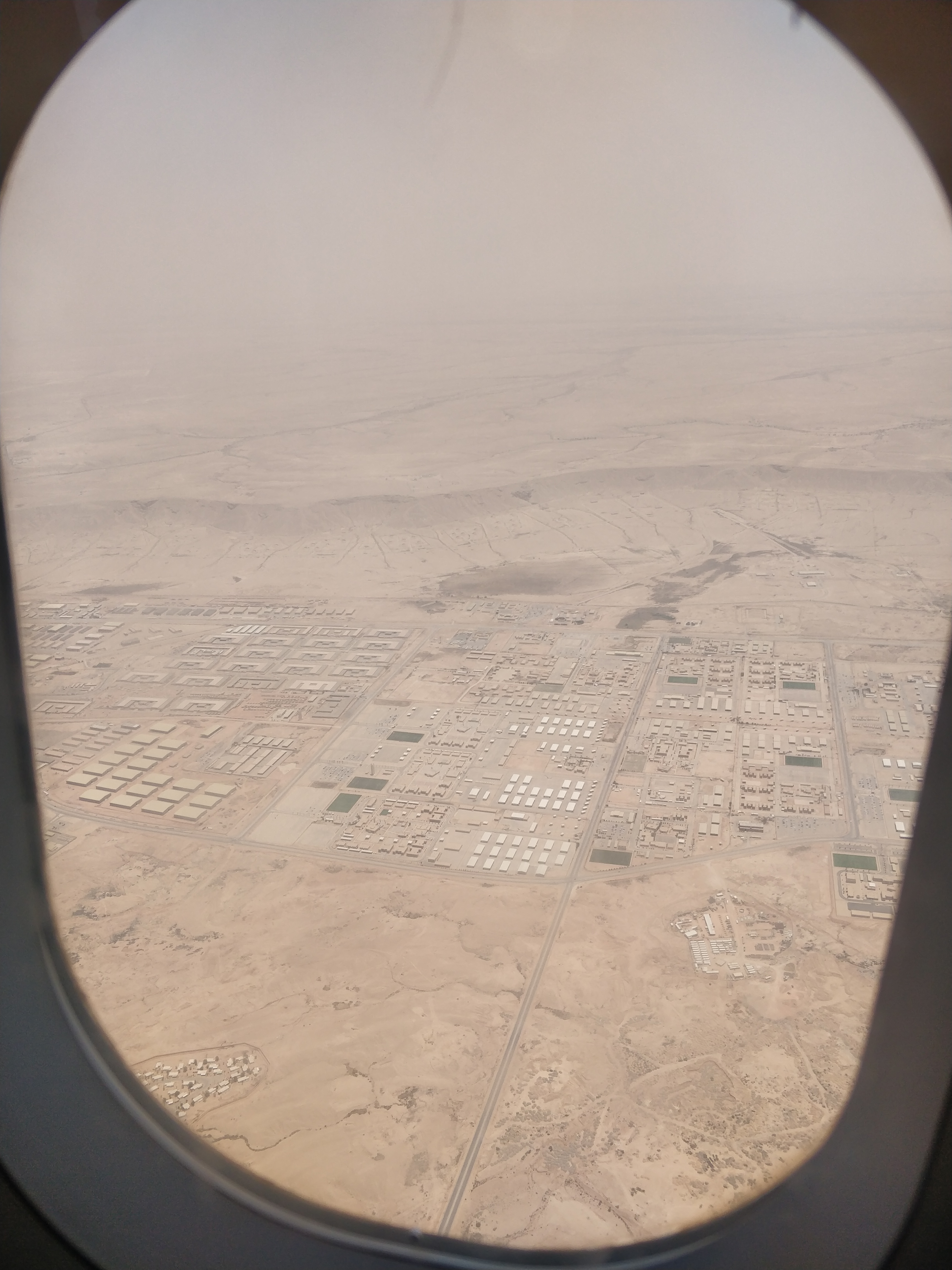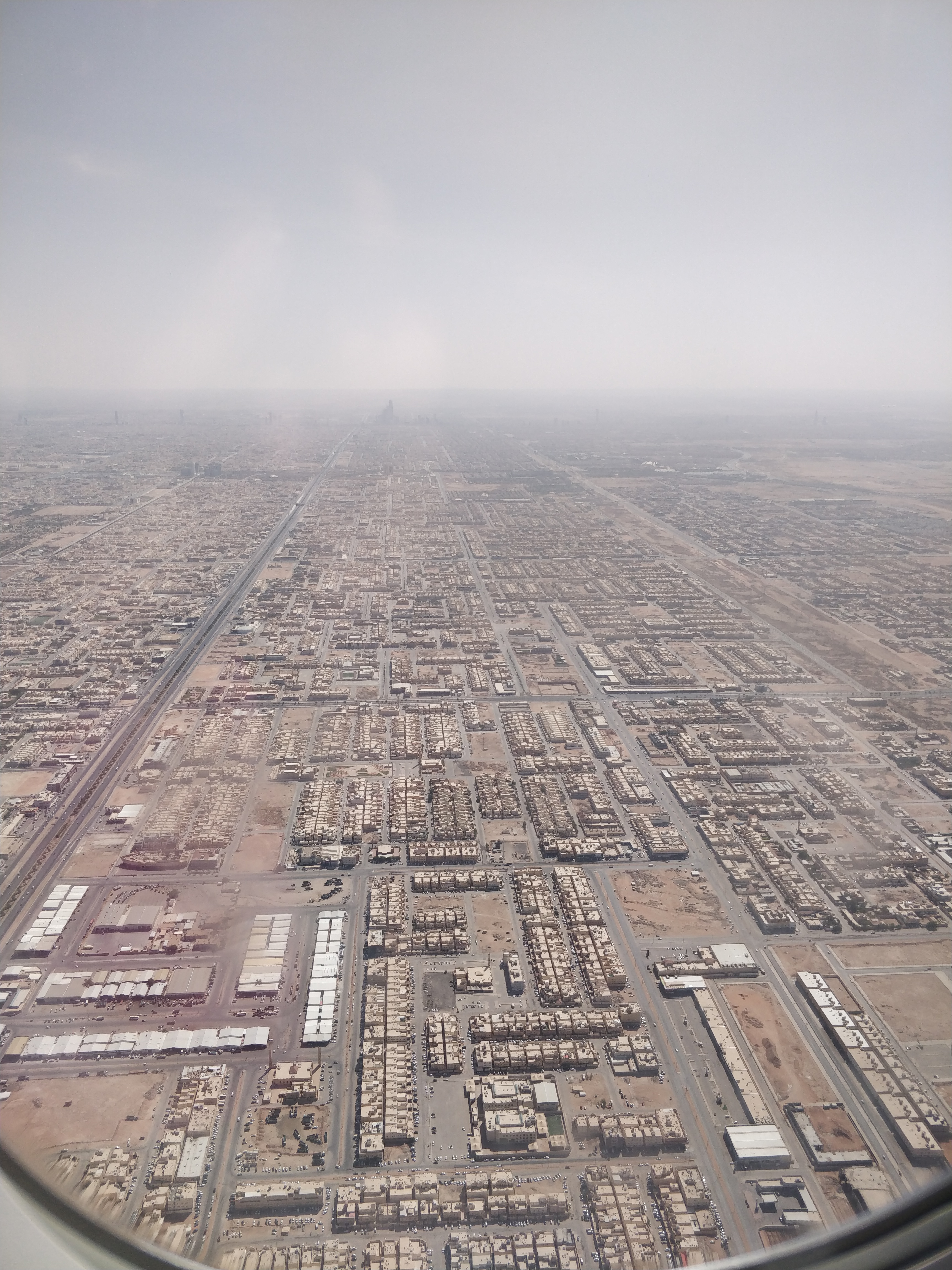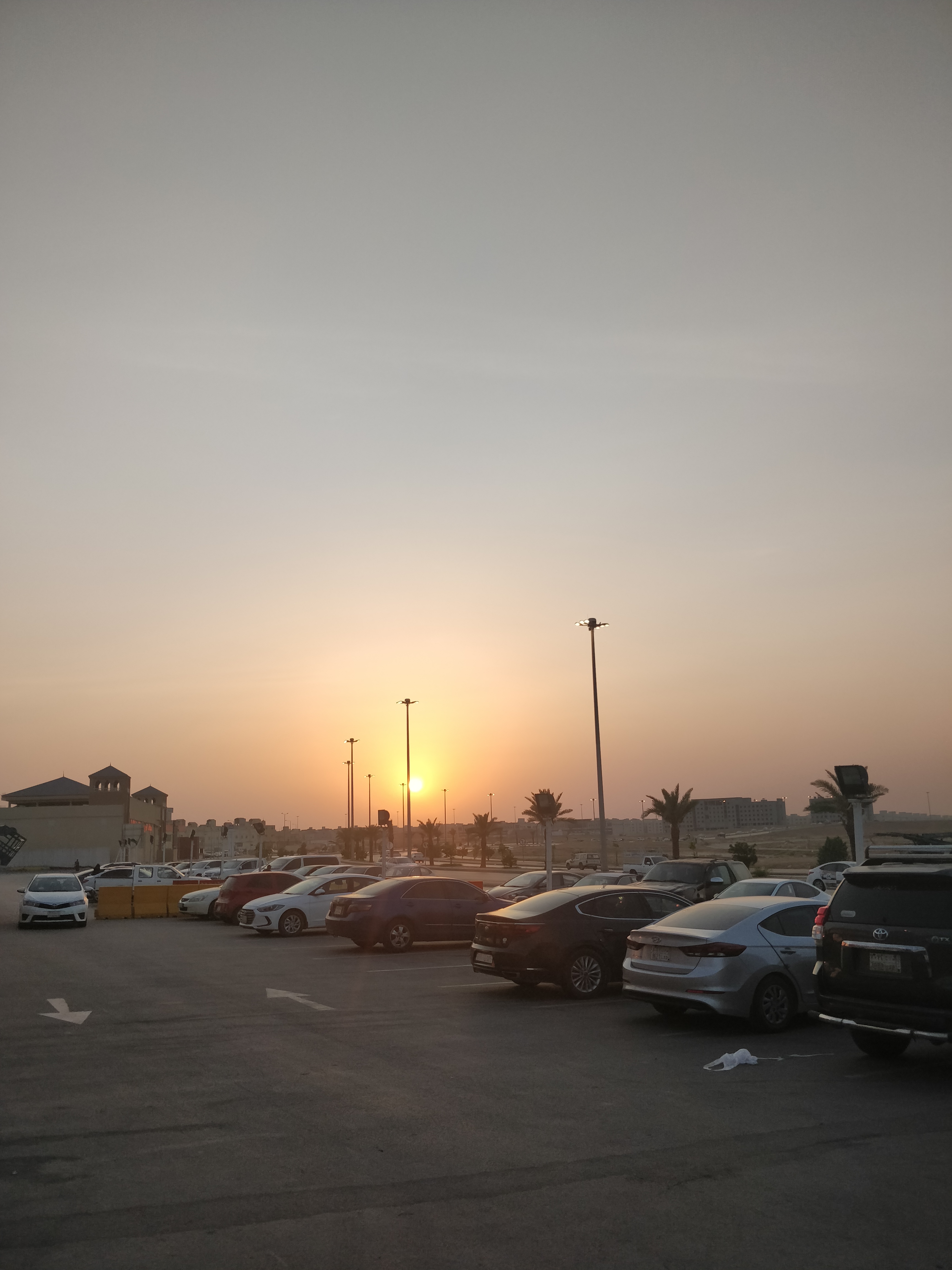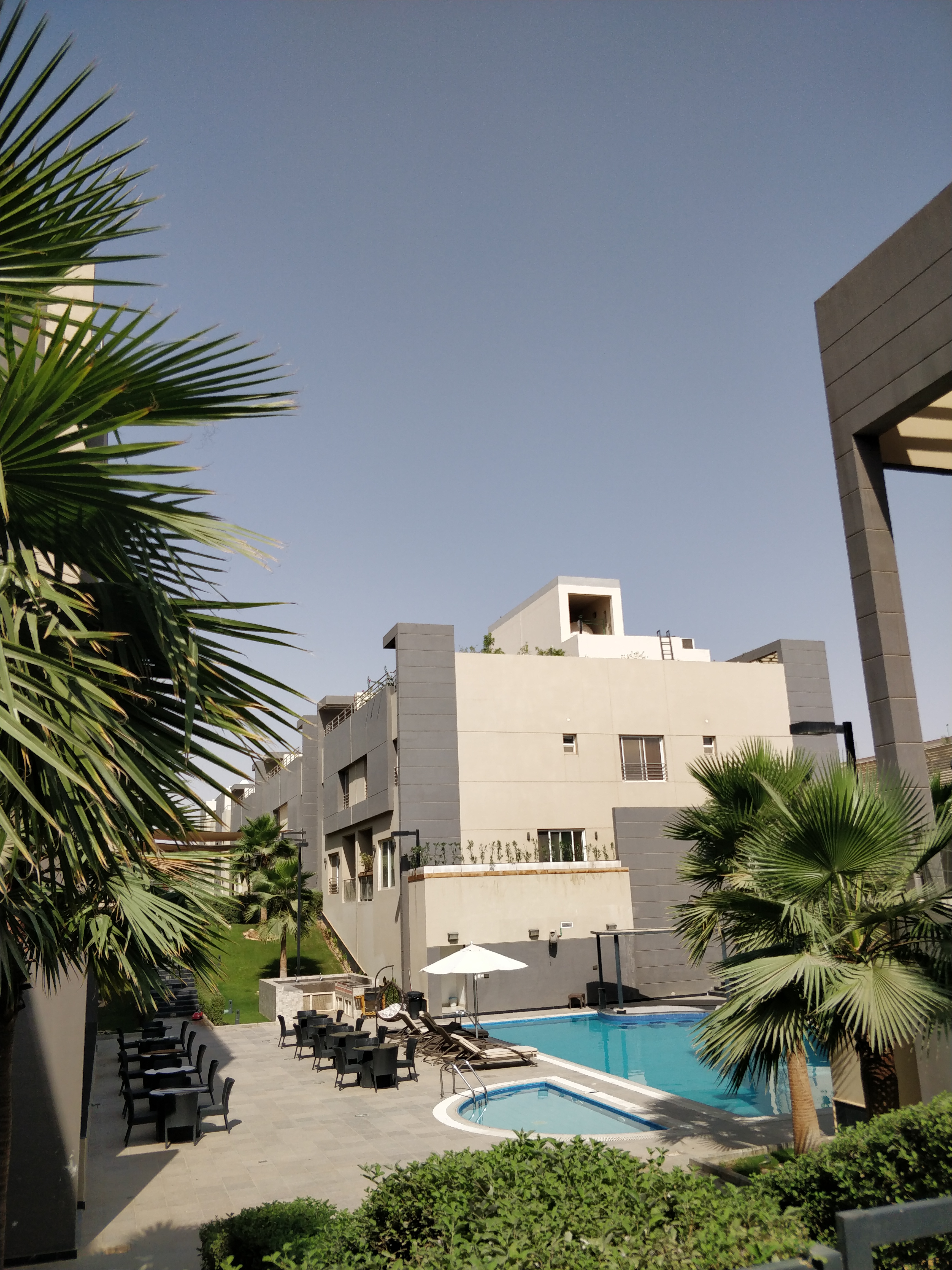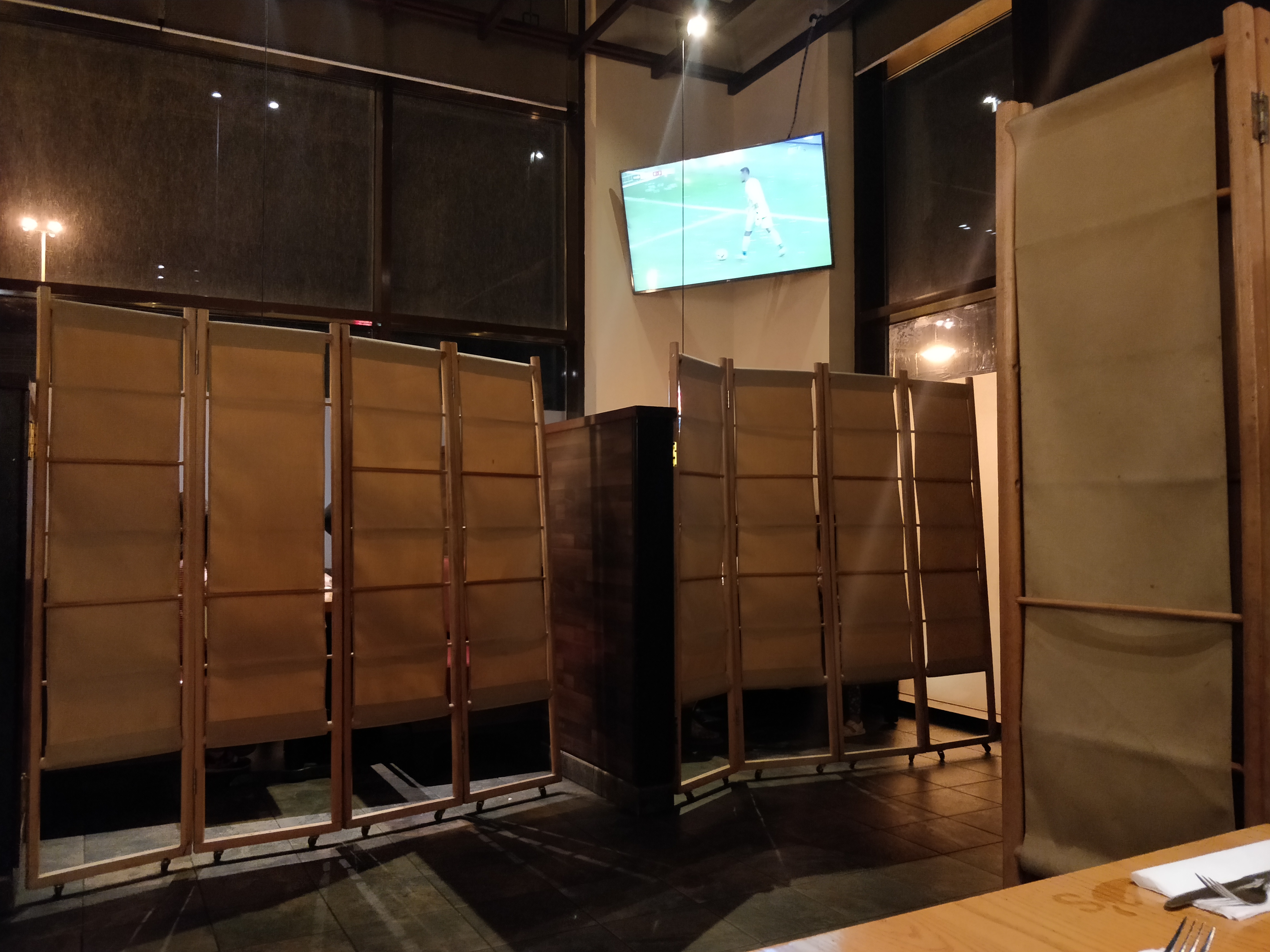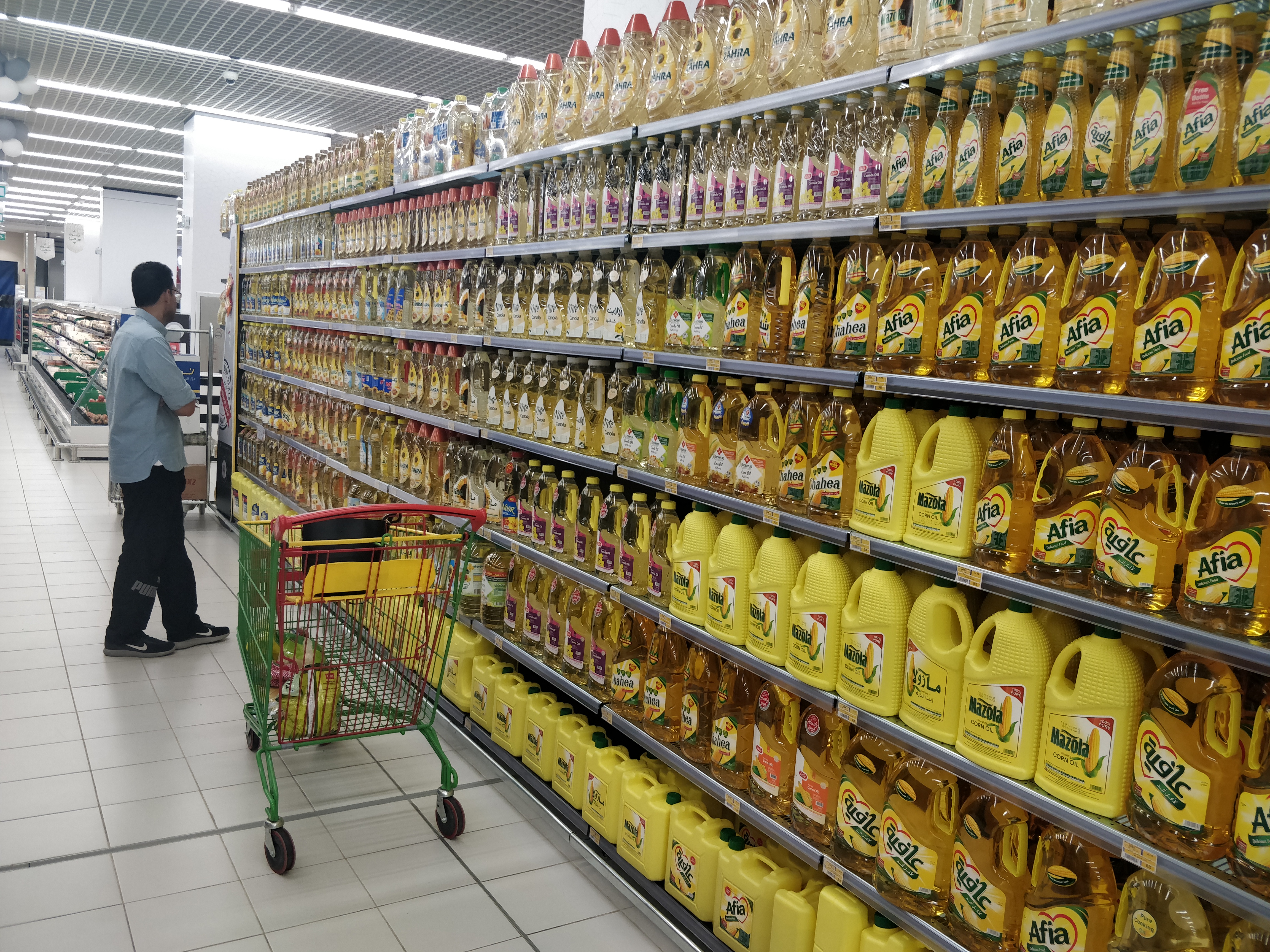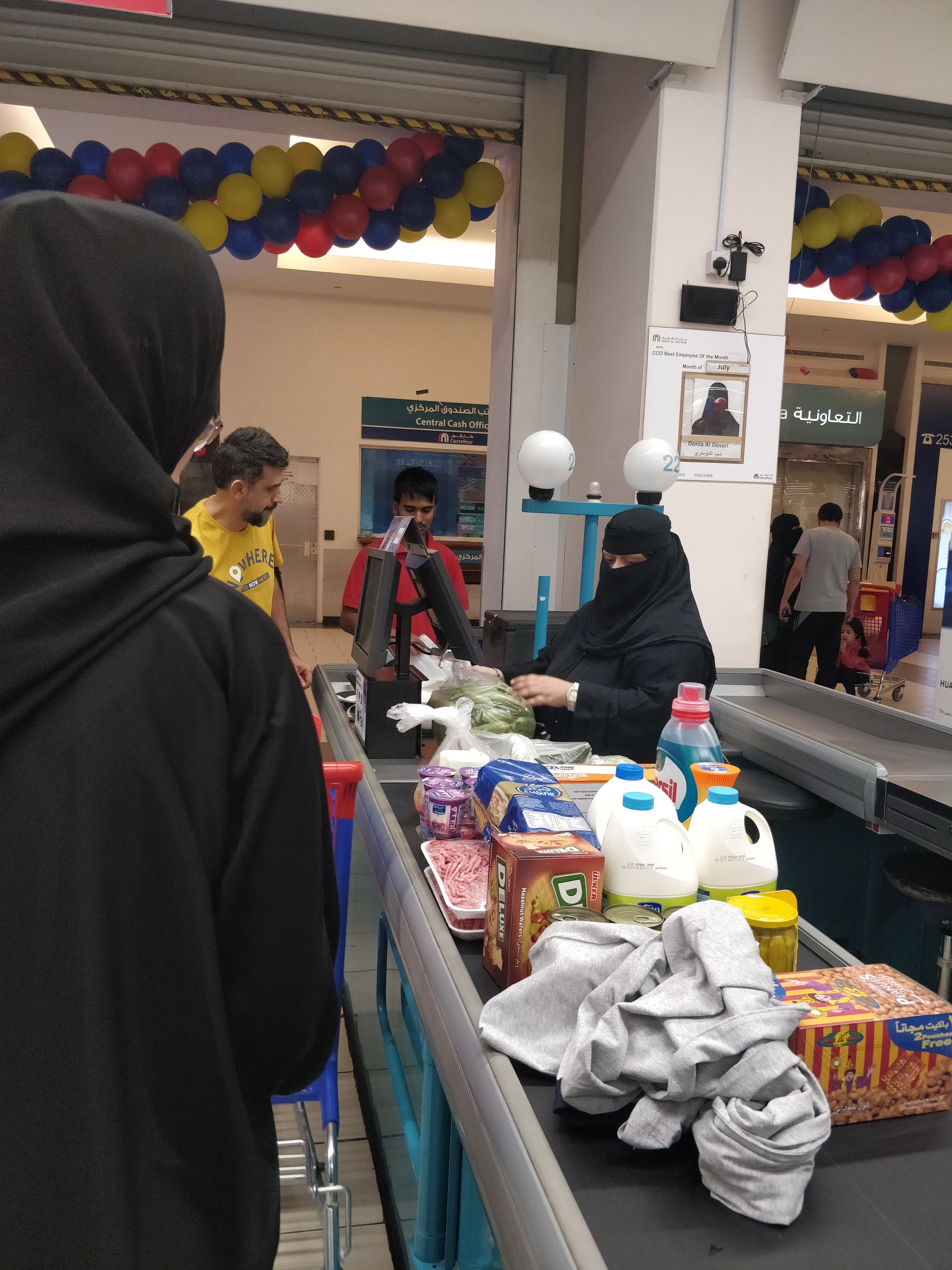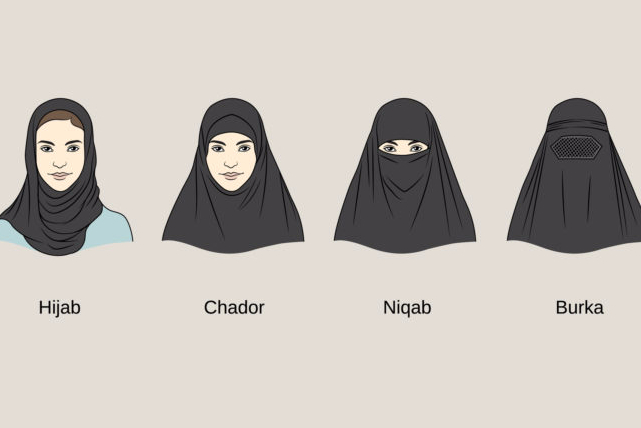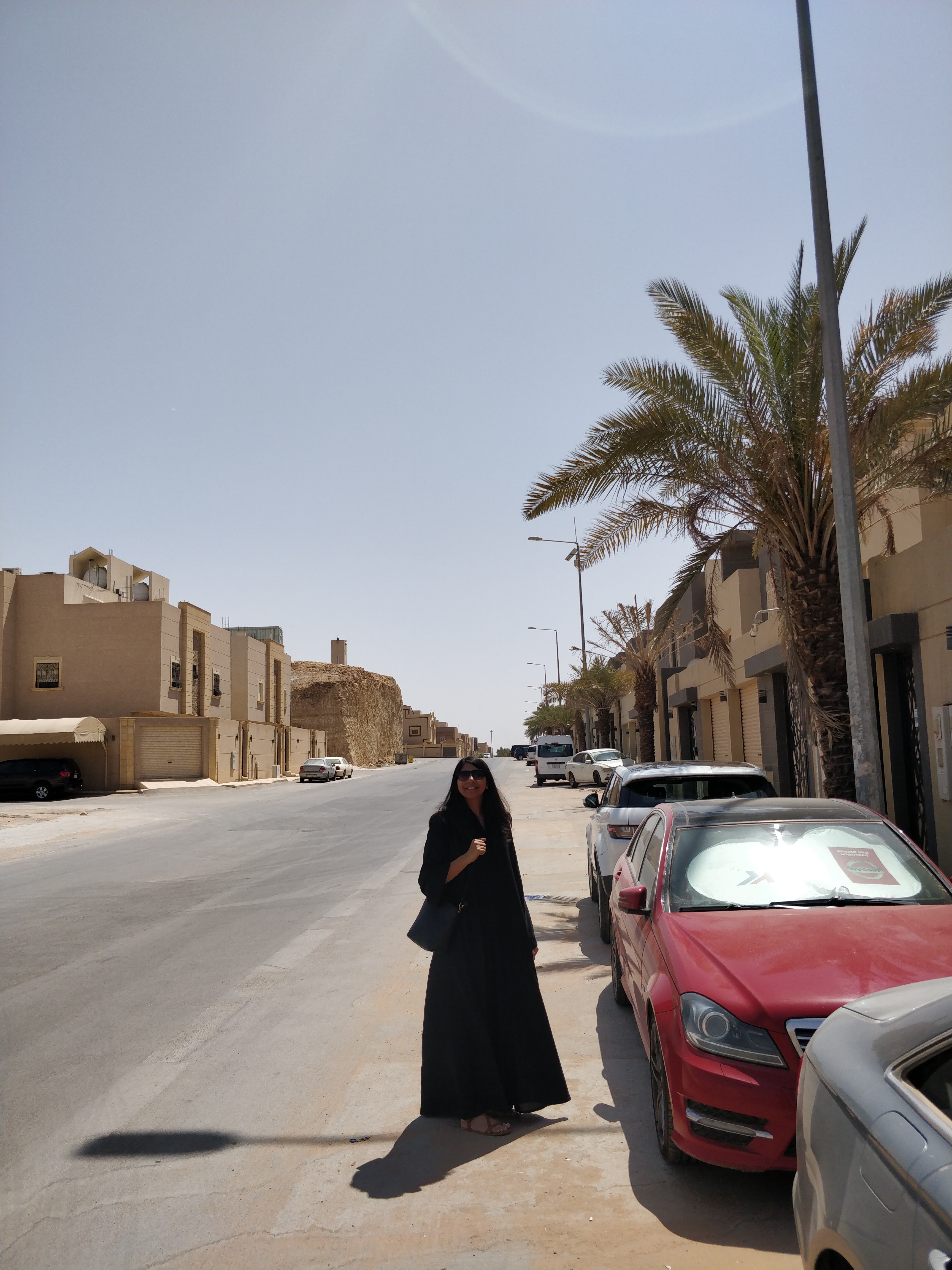Let me just start by saying this – Saudi Arabia is underrated.
Having lived here for 2.5 years, I’ve had a chance to explore the Kingdom beyond the capital of Riyadh. Gorgeous natural rock formations, majestic red sand dunes, escarpments, Wadis, and caves just to name a few of those wonders. Being on the cusp of cultural transition and diversifying the country’s previously oil-based economy, there has been a strong focus on identifying and restoring historically significant locations, promoting traditional and contemporary art, and loosening the otherwise stringent social norms.
I recently traveled to Jeddah, a modern commercial hub, the earlier Diplomatic capital of Saudi Arabia, and a gateway for pilgrimages to the Islamic holy cities of Mecca and Medina. Local legends say that Jeddah (which literally translates to ‘grandmother’ in Arabic) is believed to be the burial ground of the Biblical and Quranic grandmother of humankind, Eve.




Here’s sharing my top four experiences in this port city:
Strolling the narrow alleyways of Al Balad – Jeddah’s historic district dating back to the 7th century. The neighborhood was once a thriving city center with houses built with coral limestone from the Red Sea and unique windows wherein the residents could enjoy a cool breeze and look at the street below with utmost privacy.
In the 1970s and 1980s, when Jeddah began to become wealthier as a result of the oil boom, many Jeddawis moved north, away from Al-Balad, as it reminded them of less prosperous times.




The unique architecture of this district deserved the title of UNESCO World Heritage site in 2014. I personally loved stumbling upon those colorful windows and imagining what life would have been like back in the day.



Next up is the Darwish Salahmah museum – in fact, it’s a retired Saudi Air Force pilot’s front yard that he converted into an iconic mini-museum open to visitors for two hours (between 4:30-6:30 PM) every day. It displayed a wide array of scaled-down versions of mosques, historic landmarks, windows across varied Saudi regions, airplanes, cars, and even animals. Just stepping in through the artsy door decorated with several souvenirs from his travels, felt as though we were in a dream.



Abdul Raouf Khalil museum was another mind-blowing private collection by a Saudi merchant by that name. Over the course of 50 years, he collected over 60,000 artifacts of historical and cultural significance from the Arab world. Persian vases with intricate work, miniature and life-sized paintings, traditional clothing and jewelry, crystals, Islamic calligraphic texts, mosaic artwork, you name it!



My favorite bit was the immersive experience of walking inside the tableau homes from different regions of Saudi Arabia (Asir, Qassim, and Abha) – with entrance doors, majlis seating, bedrooms, and kitchen; all decorated with colorful walls, tapestry, carpets, and equipped with traditional seating, bedding, utensils and much more. What further stood out were the ones with a Saudi wedding and life in a Bedouin tent.




Visiting Jeddah and not watching the sunset by the Red Sea is like visiting Egypt and not seeing the pyramids! Watching the unobstructed views of solar hues while soaking in the sound of waves lashing on the rocks with curious chubby crabs peeking through the gaps was a balmy experience.

As I always say, ‘People make Places’ and Jeddah was no different. Traveling with a close Peruvian friend and learning about her rich culture, meeting up with a Syrian friend whom I met at my London University Alumni meet-up in Riyadh a year earlier; definitely made my trip all the more enriching and fun.


